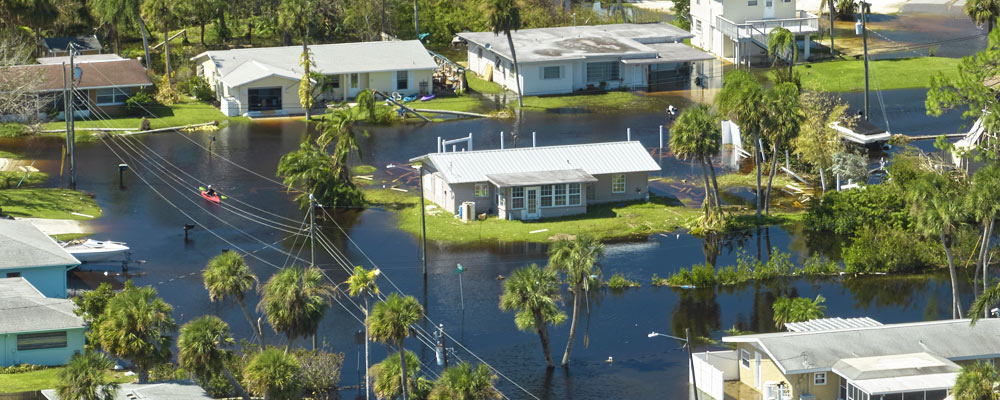Asset Tracking in the Era of Climate Change

Tornados, Hurricanes, and Wildfires – What’s in your ledger?
Video from the recent hurricanes and forest fires underscore how destructive natural disasters can be and how little-advanced warning is available to those in the path. While the loss of life can be minimized, the loss of property is usually not leaving those affected with difficult and lengthy efforts to rebuild.
Over the years, we have had our share clients who suffered property losses from a range of disasters both natural and man-made. A common theme has been the speed with which they were able to identify in detail their lost assets, settle insurance claims and reestablish their operations. But the benefits extend beyond to all important financial costs. Having detailed information about the equipment and fixtures that were lost enabled these clients to identify manufacturers, product numbers, and suppliers for each specific location to expedite the replacement process. Accurate, up-to-date asset records is a key ingredient in a rapid return to normal.
Unfortunately, many organizations overlook the need to identify and track assets until it is too late. Fixed asset accounting records are not designed to fill this void and are notoriously out of date. Stovepipe solutions for plant operations or IT may address some areas but provide a false sense of security in the face of a total loss. What is needed is a comprehensive database with all relevant information in one place
The cost to create and maintain such a database is surprisingly small. The initial cost to develop the database from scratch is less than 2% of the asset’s cost; less for those have accurate data elsewhere. Annual costs are usually less than a dollar a year to maintain and audit the asset data to assure its accuracy. On-going operational efficiencies, in accounting, auditing, IT and operations typically defray much of this cost so there is little downside.
In writing this, I am reminded of the experience of a bank client in Florida a few years ago. By coincidence, we had completed a wall-to-wall inventory weeks before a Category 5 Hurricane stuck. The main bank and many of the branches sustained near total loss. When our client met with the insurance adjusters in the immediate aftermath, they came equipped with a complete list of their moveable assets that were used, verbatim, for insurance valuations and replacing the lost assets. Once the replacement assets arrive, the decision to reinstate the asset tracking effort was officially considered a "no-brainer".
With the incidence of disasters seemingly increasing in frequency, one is reminded of the importance of safeguarding assets in any eventually. Can your records pass this test?
